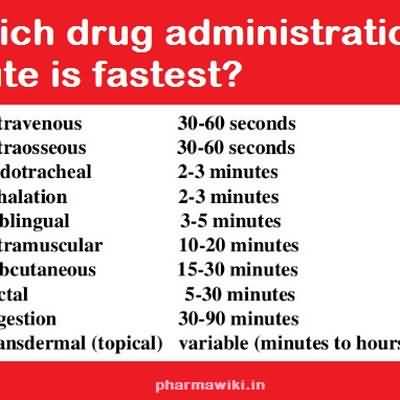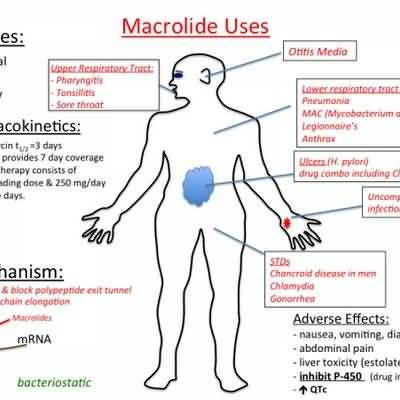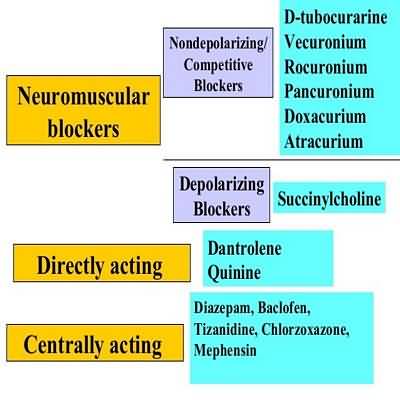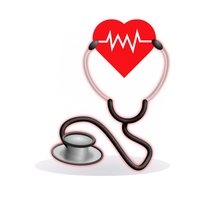Aminoglycosides
Aminoglycosides
Aminoglycosides are antibiotics that are bac- tericidal. They inhibit protein synthesis in susceptible strains of gram-negative bacteria and appear to disrupt the functional integrity of bacterial cell membrane, causing cell death. Oral aminoglycosides are very poorly absorbed and are used for the suppression of GI bacterial flora.
Indications
Short term treatment of serious infections caused by susceptible strains of Pseudomonas species, Escherichia coli, indole positive Proteus species, Providencia species, Klebsiella Enterobacter Serratia species, Acinetobacter species Suspected gram-negative infections before results of susceptibility studies are known Initial treatment of staphylococcal infections when penicillin is contraindicated or when infection may be caused by mixed organisms Neonatal sepsis when other antibiotics cannot be used (used in combination with penicillin-type drug) Unlabeled uses: As part of a multidrug regimen for treatment of Mycobacterium avium complex (a common infection in AIDS patients) and orally for the treatment of intestinal amebiasis; adjunctive treatment of hepatic coma and for suppression of intes- tinal bacteria for surgery Contraindications and cautions
Contraindicated with allergy to any aminoglycosides, renal disease, hepatic disease, preexisting hearing loss, myasthenia gravis, parkinsonism, infant botulism, lactation. Use cautiously in elderly patients; patients with diminished hearing; patients with decreased renal function, dehydration, neuromuscular disorders, pregnancy. Adverse effects
CNS: Ototoxicity,confusion, disorientation, depression, lethargy, nystagmus, visual disturbances, headache, fever, numbness, tingling, tremor, paresthesias, muscle twitching, seizures, muscular weakness, neuromuscular blockade, apnea CV: Palpitations, hypotension, hypertension GI: Nausea, vomiting, anorexia, diarrhea, weight loss, stomatitis, increased salivation, splenomegaly GU: Nephrotoxicity Hematologic: Leukemoid reaction, agranulocytosis, granulocytosis, leukopenia, leukocytosis, thrombocytopenia, eosinophilia, pancytopenia, anemia, hemolytic anemia, increased or decreased reticulocyte count, electrolyte disturbances Hepatic: Hepatic toxicity, hepatomegaly Hypersensitivity: Purpura, rash, urticaria, exfoliative dermatitis, itching Other: Superinfections, pain and irrita- tion at IM injection sites Interactions
Drug-drug Increased ototoxic and nephrotoxic effects if taken with potent diuretics and similarly toxic drugs (cephalosporins) Increased likelihood of neuromuscular blockade if given shortly after general anesthetics, depolarizing and nondepolarizing neuromuscular junction blockers Nursing considerations
Assessment
History: Allergy to any aminoglycosides, renal disease, hepatic disease, preexisting hearing loss, myasthenia gravis, parkinsonism, infant botulism, lactation, diminished hearing, decreased renal function, dehydration, neuromuscular disorders Physical: Arrange culture and sensitivity tests of infection prior to therapy; renal function tests before, during, and after therapy; eighth cranial nerve function, and state of hydration, during and after therapy; LFTs, CBC; skin color, lesions; orientation, affect; reflexes, bilater- al grip strength; body weight; bowel sounds Interventions
Black box
warning Monitor patient carefully for severe renal toxicity and ototoxic- ity; discontinue drug or adjust dosage at first indication of either. Arrange for culture and sensitivity testing of infected area prior to treatment. Monitor duration of treatment: Usual duration is 7–10 days. If no clinical response within 3–5 days, stop therapy. Prolonged treat- ment leads to increased risk of toxicity. If drug is used longer than 10 days, monitor auditory and renal function daily. Give IM dosage by deep injection. Ensure that patient is well hydrated before and during therapy. Establish safety measures if CNS, vestibular nerve effects occur (use of side rails, assistance with ambulation). Provide frequent small meals if nausea, anorexia occur. Provide comfort measures and medication for superinfections. Monitor drug levels periodically if used for prolonged periods. Teaching points
Take full course of oral neomycin, drink plenty of fluids. You may experience these side effects: Ring- ing in the ears, headache, dizziness (reversible; safety measures need to be taken if severe); nausea, vomiting, loss of appetite (frequent small meals, frequent mouth care may help). Report pain at injection site, severe head- ache, dizziness, loss of hearing, changes in urine pattern, difficulty breathing, rash or skin lesions. Representative drugs
amikacin gentamicin neomycin streptomycin tobramycin


















